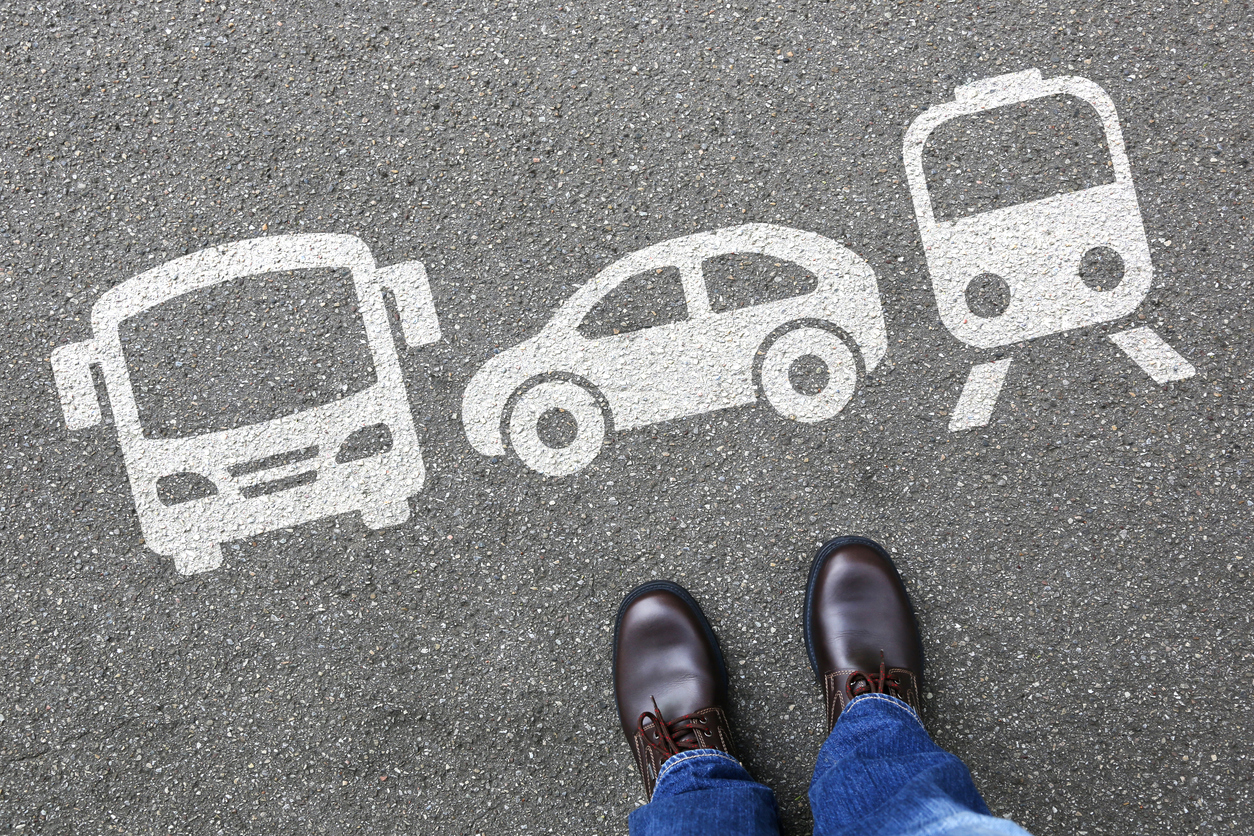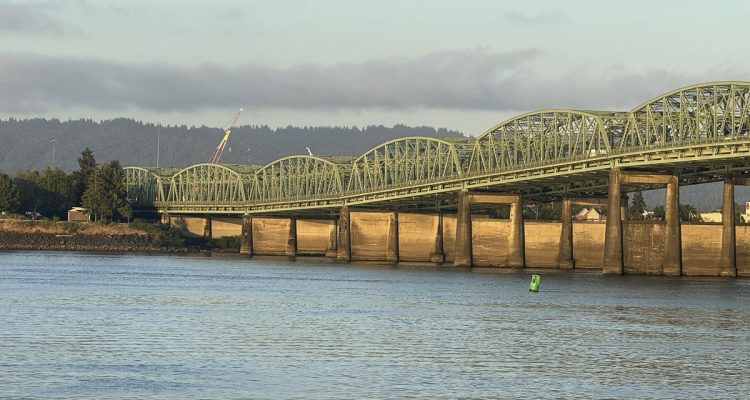Download the full Legislative Memo
Key findings
- Current state law requires that toll lanes must meet two performance standards in order to continue operating: revenues must cover operating expenses and the lanes must operate at 45 miles per hour at least 90 percent of the time.
- While toll lanes on I-405 are meeting the revenue requirement, they are failing to meet federal and state standards for speed reliability, which should prompt termination of the tolls.
- Through new legislation, WSDOT is seeking to expand its failing toll system on I-405,
- SR-167, and SR 509, and make the toll lanes permanent.
- The legislation nullifies the speed requirement by making it optional. An optional requirement is a meaningless requirement.
- The legislation also shifts toll revenue along the I-405 corridor from the 18th amendment-protected Motor Vehicle Fund (MVF) to the general state treasury, allowing lawmakers to spend money on non-highway purposes.
- Both SB 5825 and HB 1899 represent policy that seeks to protect WSDOT from criticism, preserve toll revenue, and divert public money away from promised benefits.
Introduction
This Legislative Memo summarizes House Bill 1899 and its companion, Senate Bill 5825, regarding toll authorization and expansion on Interstate 405, State Route 167 and State Route 509 in the Puget Sound area. It provides an analysis explaining why the bills represent bad transportation policy that will harm the public interest, particularly for travelers on I-405, and how the bills undermine public trust and accountability.
Background
In 2002, state officials agreed to an Interstate 405 Master Plan that included approximately 150 roadway improvements to provide congestion relief for the public and to increase speeds on the I-405 corridor. Officials said they would add up to two general-purpose travel lanes in each direction on I-405, as well as bus rapid transit, vanpools, new interchanges, and auxiliary lanes.
However, despite this agreement, in 2011, lawmakers passed House Bill 1382, which took away the new general-purpose lanes and turned them into toll lanes. In addition, state lawmakers converted the existing High Occupancy Vehicle (HOV) lanes into toll lanes. State officials said their tolling scheme would benefit all users of the highway, both in the toll lanes and those in the regular lanes. Instead, congestion in the area has gotten worse.
Several performance measures were created by lawmakers to measure the success or failure of the toll lane system. Two measures in particular had to be met in order for the tolls to remain in place; first, the toll lanes must maintain travel speeds of 45 miles per hour at least 90 percent of the time during peak periods, and second, they must generate sufficient revenue to pay for operating costs.
The Washington State Department of Transportation (WSDOT) and lawmakers gained the votes needed to create the tolling system based on the statutory promise that “If, after two years of operation of the express toll lanes on Interstate 405 performance measures…were not being met, the express toll lanes project [would be] terminated as soon as practicable.” The lanes would then be returned to the traveling public as free general-purpose lanes open to all.
In September 2015, WSDOT began its two-year Express Toll Lanes (ETLs) experiment. While state officials say they are meeting the revenue requirement, they admit they have failed to meet the federal and state requirements for speed reliability.
The two-year trial program ended in September 2017. WSDOT officials report the toll lanes failed to meet both standards required by law (the tolls generated sufficient revenue but did not maintain target speeds), yet they continue to charge drivers to use the lanes.
Now WSDOT is seeking to expand the failing toll system and has requested authorization from the Legislature to do so. The two new toll authorization bills that are moving through the legislative process – Senate Bill 5825 and its companion, House Bill 1899 – would not only authorize tolls on I-405, SR-167, and SR 509 – but also nullify the important speed performance metric, making the toll lanes permanent.
Download the full Legislative Memo





